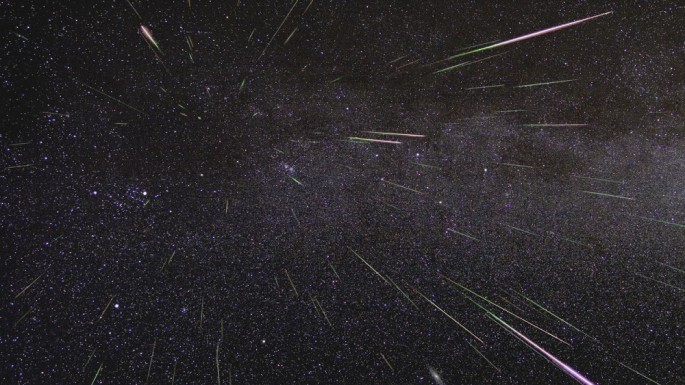August will be a good month for both amateur and professional astronomers due to the yearly Perseid meteor shower. However, this year's show is anticipated to be more dazzling, as the Perseids' peak will result in more falling stars per hour than usual, coinciding with five planets that are joining the skies this month.
The Perseids are one of the highly anticipated meteor showers every year since they are very visible around the northern hemisphere. The meteorites come from the passing Swift-Tuttle comet that appears in the direction of the Perseus constellation. The Perseids already appeared in mid July which will peak next week, specifically between August 10 to 12. This meteor shower usually yields to more than 60 sightings per hour during this time.
For this year, the Perseids will yield up to 120 sightings per hour during its peak and can even reach up to 150, according to the International Meteor Organization. Scientists based this prediction from the Earth's closer shift in orbit towards Jupiter this year, also becoming close to a meteor stream.
The best time to watch the Perseids will be after midnight, when the skies are pitch black, taking into consideration the position of the moon which will enter its first quarter on August 10. The best place to view the meteor shower will be far away from light pollution and city lights, towards the eastern part of the sky.
Apart from this dazzling meteor shower, Mars this month will become fainter now but will still visible from the southwestern region of the skies after twilight. Near Mars to its left, is Saturn, which will appear rather yellow. Forming a triangle is a bright star known as Antares below Mars and Saturn. On August 11, the three of them will be more visible later in the month between August 22 to 25 where they will all form an alignment.
In the western region of the skies, Jupiter, Venus and Mercury will appear, as the gas giant will be the highest one to rise, and the two other planets will appear in the lower edge of the horizon. On August 27, the three of them will also form, as planetary movements will then form a special triple conjunction.



























